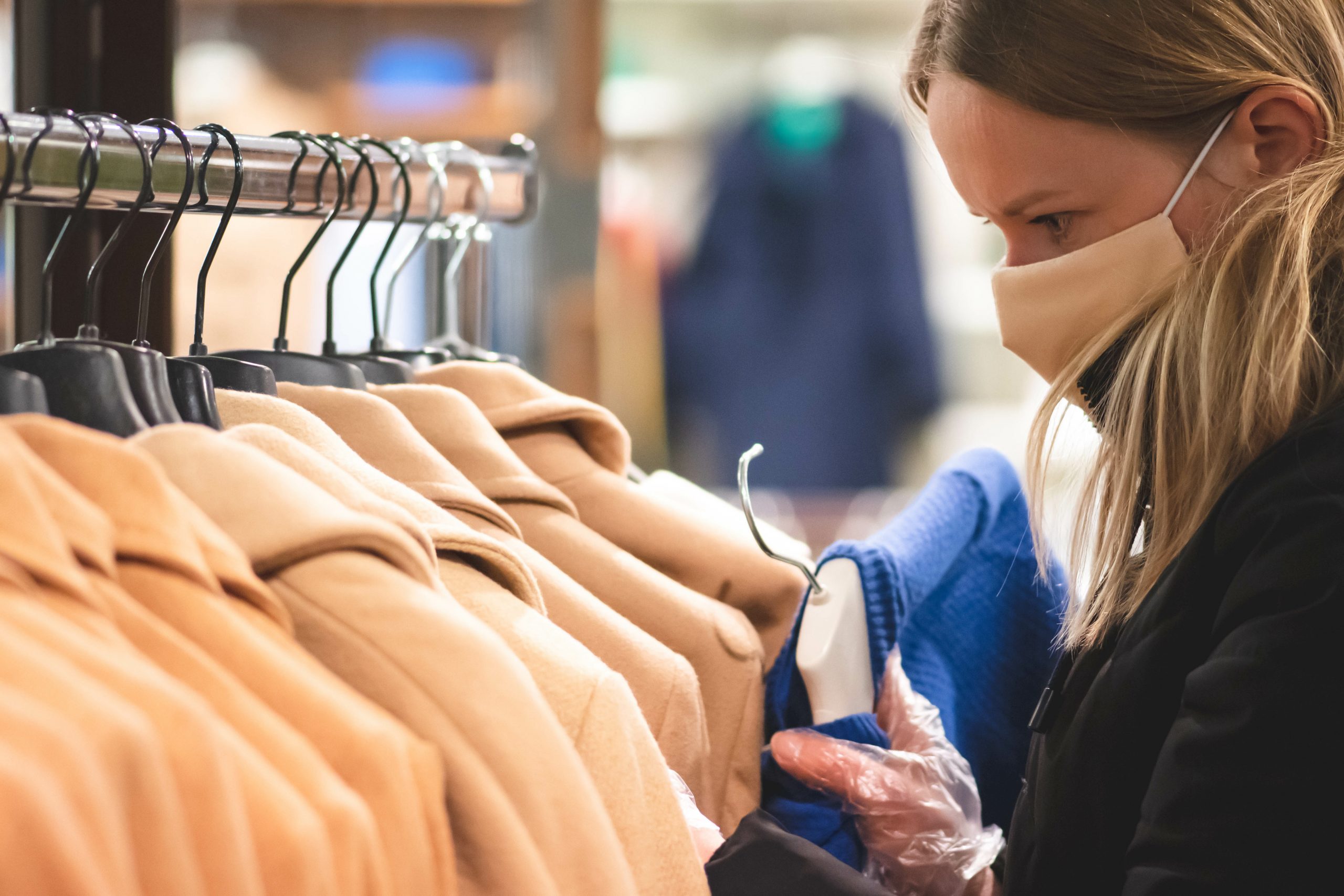For a number of years, the overall footfall in high street stores has been in steady decline as a growing number of consumers transition their shopping preferences to eCommerce and mCommerce.
The COVID-19 pandemic has accelerated this shift. According to research from Paysafe’s latest Lost in Transaction report, 18% of consumers globally are now shopping online for the first time due to COVID-19, and this increases to 25% in the US and 21% in the UK. And this isn’t a short-term problem for high street retailers; 38% of consumers say they are planning to shop more online following the conclusion of the pandemic, because they find it more convenient (65%) and more enjoyable (42%).
So now the high streets have started to re-open, how do they compete?
First and foremost, high street stores need to focus on customer convenience. Following the pandemic, 40% of consumers said that they would be changing their spending habits permanently to shop more online due to health concerns, however in every market consumers said that convenience was a greater factor for switching.
So shopping in-store must be as safe, easy, and convenient as possible, both for those that already wish to return to shopping in-store and to win back consumers are planning to shop more online.
Having the right payment options available is crucial. Contactless payments must be offered as a minimum, as more than half of all consumers (54%) said that using contactless payments more often during COVID-19 means that they are more comfortable with using this payment method in the future.
Beyond contactless to frictionless
Moving forward, contactless payments will not be the limit of a convenient in-store checkout experience. Frictionless checkouts and check-out free shopping will enable consumers to shop without having to interact with staff members, or queue up to pay for goods. The result will be a reduction in waiting times and improving customer convenience, as the consumer retains control over the entire experience and determines how long they want the shopping experience to take. With social distancing measures still in place, frictionless checkouts improve efficiency and safety for both staff members and consumers.
The omnichannel experience
Retailers with a physical presence do have some advantages over online-only businesses, and leaning into these is another way they can compete with online merchants more effectively. An example of this is the ability to connect the virtual and physical shopping experience seamlessly, and in doing so harness the benefits of both. Stores can offer customers the experience of viewing and trying on products followed by the purchase being made online via a smartphone, with no queues or contact with people required.
The roll out of 5G will increase the possibilities of these omnichannel experiences further. Soon retailers will be able to offer virtual reality (VR) and augmented reality (AR) experiences that will further intertwine how consumers can interact with a business physically and digitally.
COVID-19 has accelerated the movement of consumers to eCommerce, but high street stores can fight back by revolutionising how people pay in-store and combining the virtual and physical experience. Those that prioritise that will thrive and those that do not will become another empty shop on the high street.
Article Credit Paysafe






